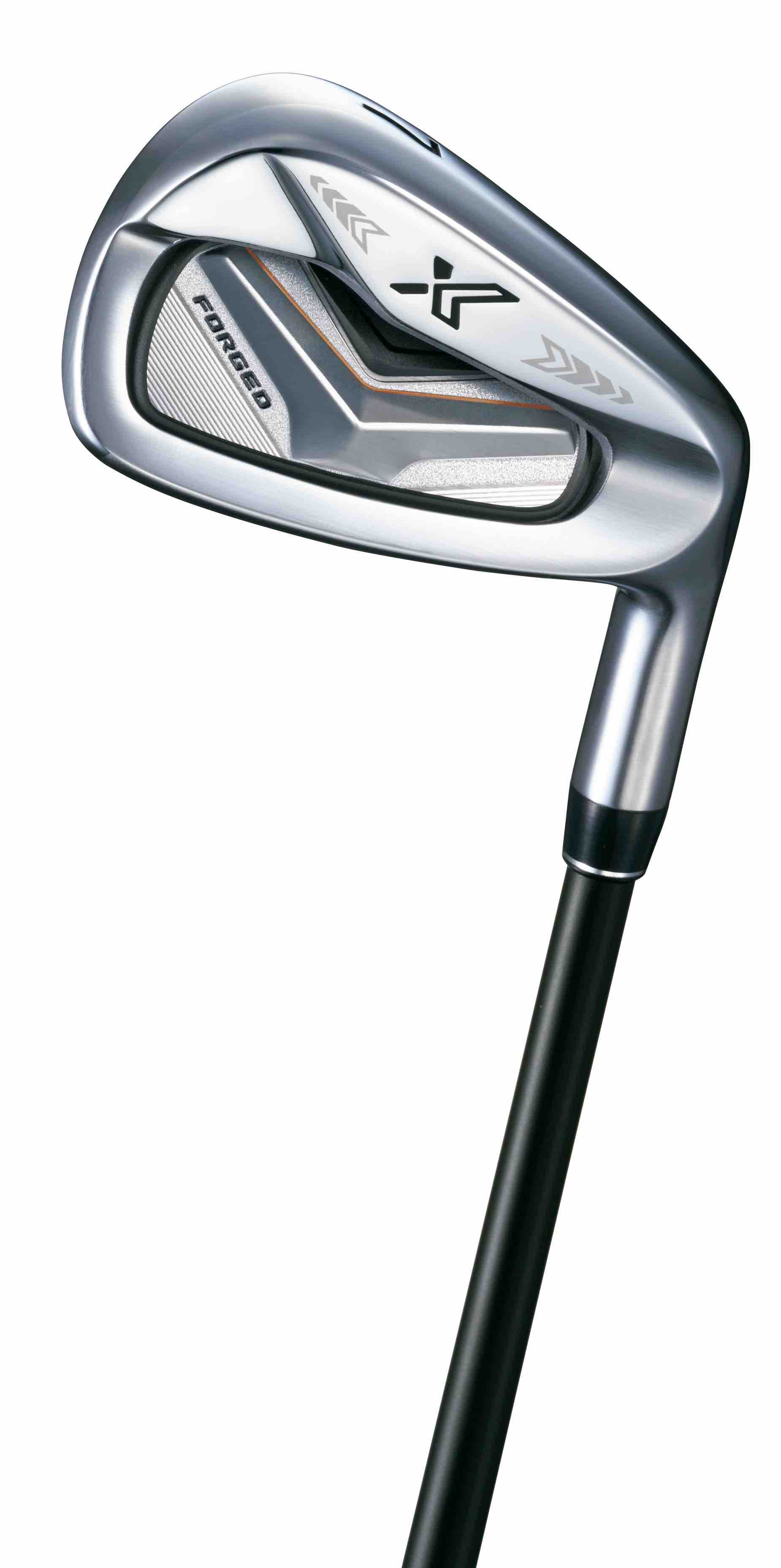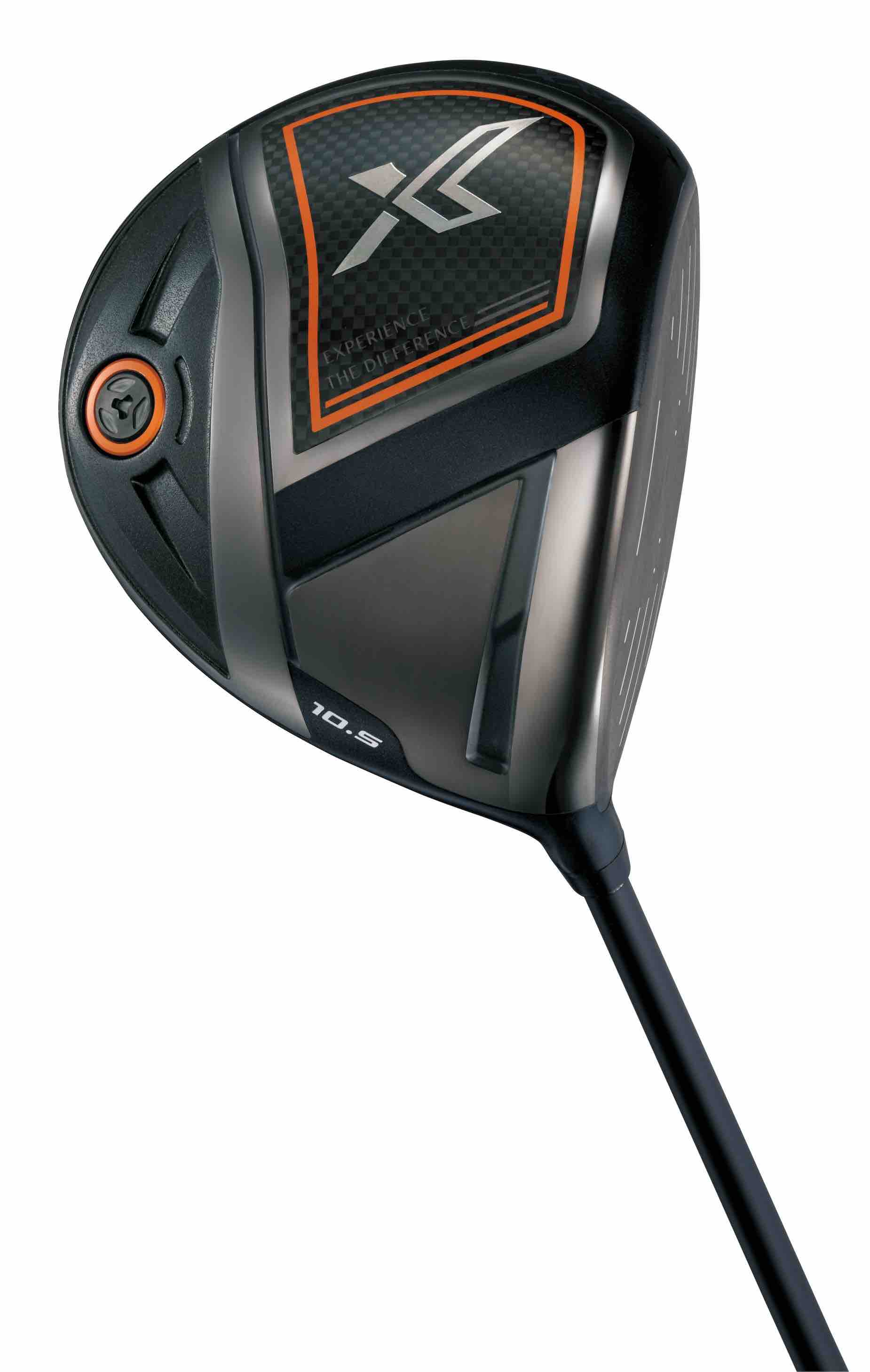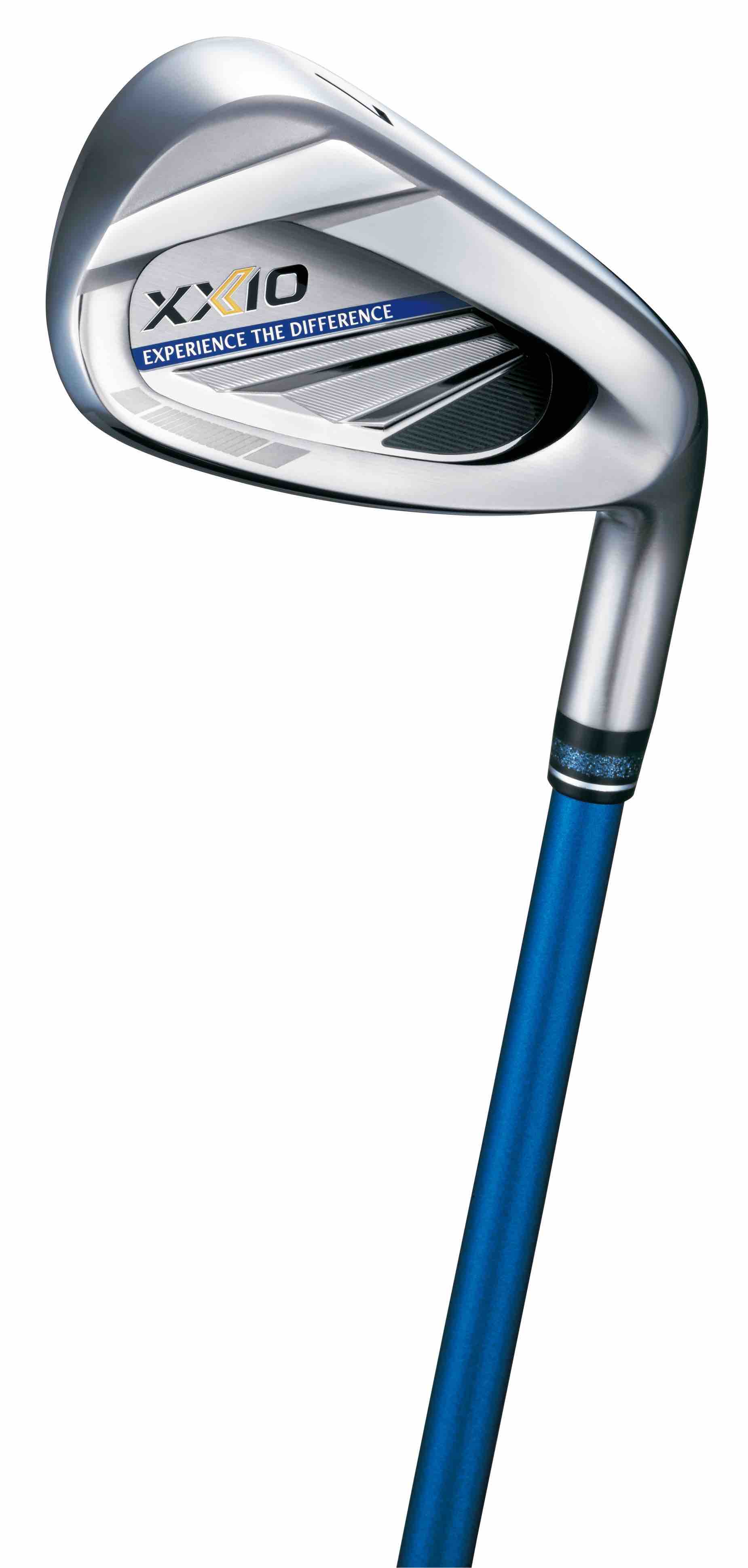The new XXIO lineup of Eleven and X woods and irons continue the company’s push towards helping average golfers boost their potential for distance with graphite shafts that get lighter and lighter. But in a slight shift in design focus, these new models of drivers, fairway woods, hybrids and irons aim to make these golfers’ swings both faster and better by actually increasing the total weight of their new clubs.
The XXIO Eleven and new for 2020 XXIO X (not the Roman numeral designaton for “10” but instead pronounced “eks”) are aimed at two slightly different segments of golfers, but all searching for more clubhead speed and distance. The XXIO Eleven are aimed at moderate to slow swinging male and female golfers, while the XXIO X targets those better game-improvement players who have started to see a decline in distance. The key to both getting what they want are designs where the club’s overall weight is counterbalanced towards the grip end. This raising of the balance point aims to bring about more potential for clubhead speed and increased control.
It’s about redistributing the weight of the entire club, said Jeff Brunski, vice president of research and development for Cleveland-Srixon-XXIO. By reducing the weight of the shaft and then moving that saved mass to the butt end of the club in the form of brass and rubber weights, Brunski says the balance point on the XXIO clubs is now higher than any other lightweight club on the market. It’s what the company is calling Weight Plus, and it involves shaft weights as little as 45 grams in the drivers and 48 grams (XXIO Eleven) and 59 grams (XXIO X) for the irons.

“Usually taking weight out of the shaft ends up pushing the balance point farther away from the hands because it’s difficult to thin out the tip of the shaft and keep it durable,” he said. “Weight Plus involves making a small tradeoff in club weight to gain a large benefit in balance point height. It’s a big step forward in making golf clubs which are easier to swing and it’s uniquely effective for generating speed and consistency for moderate swing speed players.”
Brunski offered that lighter clubs don’t always result in faster or better swings, in part because they may not be as easily controlled by average golfers, particularly those with moderate swing speeds. Instead of focusing on the concept that given the same effort a lighter object can be moved faster than a heavier one, the new XXIO lineup of Eleven and XXIO X focus on how it might be best to make faster speed most efficiently and consistently achieved.
“In short weight plus promotes a better swing,” Brunski said. “Due to the physics of the counterweighting most moderate swing speed golfers are able to get their hands in a better position at the top of the backswing more consistently. Counterweighting is going to have a positive effect in the position your hands can get in the backswing. The easiest way to think about it is the swingweight in these products is now lighter than it was in the previous generation. That makes it easier to hold the club in this correct cocked position.”
It means, for example, that the XXIO Eleven drivers are 10 grams heavier than their predecessor but have a D3 swingweight instead of a D5 swing weight. It also means that the headweights haven’t been reduced so the club head’s stability on off-centre hits stays similar. This is a specialised focus on the biomechanics of the least skilled golfers to improve their control to the point that they can execute a swing more similar to the ideal, efficient motion of the most skilled golfers.
“Weight Plus involves making a small tradeoff in club weight to gain a large benefit in balance point height,” Brunski said.

The XXIO Eleven and XXIO X lineups are not just about improving swing efficiency. They’re also full of significant technologies. On the XXIO Eleven and XXIO X drivers, a cupface is supported by an ultra-thin sole (.45 millimetres) to improve overall face flex. The XXIO X driver employs carbon fibre section on much of the toe section of the sole, while the XXIO Eleven drivers feature a progressive centre of gravity as the lofts change (the CG moves deeper away from the face and towards the heel as the lofts increase from 8.5 to 11.5 degrees to help the slower players who choose higher lofts better close the face square at impact).
The XXIO fairways and hybrids also use a cupface construction and there’s an interal weighting structure in the sole that’s angled upward towards the centre of the face. Called “canon sole,” the structure’s based is farther from the face’s leading edge, meaning the cupface extends farther into the sole to make the face more flexible over a wider area. It also positions weight low and slightly forward to improve speed, spin and launch on impacts lower on the face.

The XXIO Eleven irons feature a four-piece construction, including a titanium face insert and tungsten-nickel weighting that moves 30 grams lower in the head to improve launch. The XXIO X irons offer the feel benefits of a forged frame combined with a high-strength steel face insert for increased ball speed. The insert features a grooved channel around the perimeter on the back side, similar to what was seen on last year’s Srixon Z 585 irons, to expand the flexible region of the face insert.
Stay tuned for Australian pricing and availability.




